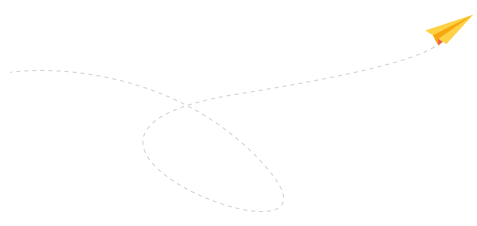Market Adaptation Dynamics (MAD) is a concept introduced by I-mad Technology, and it plays a crucial role in strategic planning within the business landscape. MAD refers to the ability of an organization to dynamically adapt to changes in the market environment. This concept recognizes that markets are constantly evolving, and businesses need to be agile and responsive to stay competitive and thrive.
Key Aspects of Market Adaptation Dynamics (MAD):
1. Agility in Response: MAD emphasizes the need for businesses to be agile in responding to market changes. This includes adapting quickly to shifts in consumer preferences, technological advancements, and competitive landscapes.
2. Continuous Monitoring: Strategic planning using MAD involves continuous monitoring of market trends, consumer behavior, and industry developments. This proactive approach enables businesses to anticipate changes and adjust their strategies accordingly.
3. Innovation Integration: MAD encourages the integration of innovation into business strategies. Organizations need to foster a culture of innovation to stay ahead of the curve, whether through product development, process improvements, or adopting emerging technologies.
4. Customer-Centric Focus: Understanding and responding to customer needs is at the core of MAD. Businesses should actively gather feedback, analyze customer behavior, and tailor their offerings to meet evolving customer expectations.
5. Adaptation Frameworks: MAD involves the implementation of adaptable frameworks within the organization. This includes flexible structures, processes, and decision-making systems that facilitate swift adjustments in response to market dynamics.
Role of MAD in Strategic Planning:
1. Risk Mitigation: MAD helps in identifying potential risks and uncertainties in the market. By being adaptable, organizations can mitigate risks effectively and navigate through challenges.
2. Competitive Advantage: Strategic planning using MAD allows businesses to gain a competitive edge. Those who can adapt faster and more efficiently are likely to outperform competitors in dynamic market conditions.
3. Long-Term Sustainability: MAD contributes to the long-term sustainability of businesses. Rather than relying on fixed strategies, organizations can evolve with the market, ensuring relevance and viability over time.
4. Resource Optimization: By aligning strategies with market dynamics, businesses can optimize resource allocation. This involves investing in areas with high market potential while divesting from less promising areas.
5. Responsive Decision-Making: MAD encourages a responsive decision-making process. Organizations can make informed decisions based on real-time market data, enabling them to capitalize on opportunities and address challenges promptly.
Incorporating Market Adaptation Dynamics into strategic planning is essential for businesses aiming for sustained success in an ever-changing market environment. It is a forward-thinking approach that positions organizations to thrive amidst uncertainty and capitalize on emerging opportunities. For more details, contact I-mad Technology.






